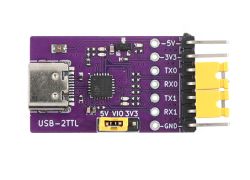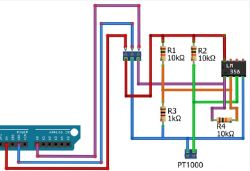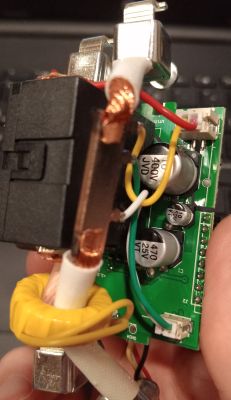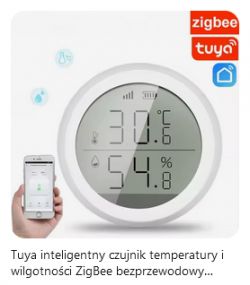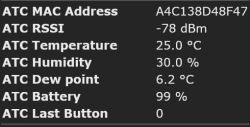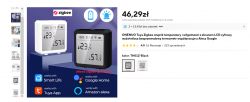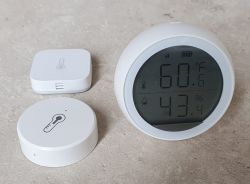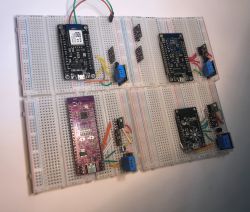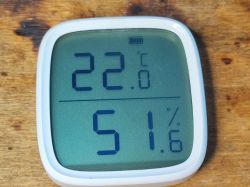 .
.
Today I am going to present a useful gadget for every desk - the Sonoff SNZB-02D, which is a tiny temperature and humidity meter with a 2.5" display. Dimensions: 62.5x59.5mm. All battery-powered (CR2450 3V) and additionally connectable to Home Assistant via Zigbee2MQTT. In our country, it can be purchased for around £60, from abroad it can be imported for almost half as much.
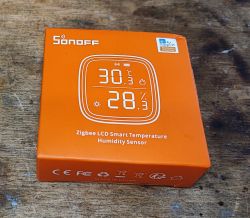
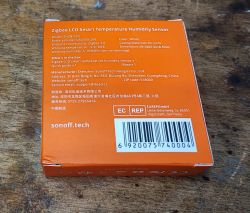 .
.
The kit also includes instructions and a strip of 3M tape to stick the product in a convenient location if necessary:
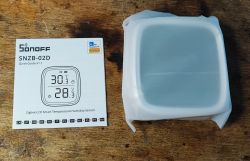
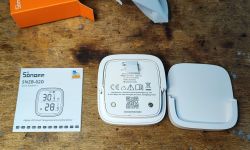
 .
.
FCC ID: 2APN55NZB-02D
Here are the instructions, maybe someone will find them useful, although I myself will pair this product straight away with Home Assistant, I don't even have the manufacturer's gateway.



 .
.
Before commissioning, you must, of course, remove the strip insulating the battery so that it does not discharge in storage and transport.
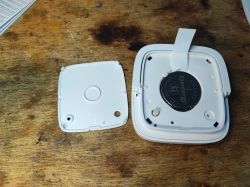 .
.
The rear cover is held on by magnets:
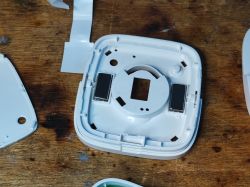
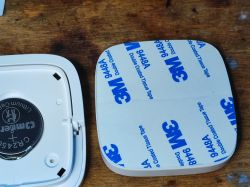 .
.
<br> Pairing with Home Assistant .
I have the Home Assistant set up according to a theme from a few years ago, but obviously updated:
Home Assistant tutorial - setup, WiFi, MQTT, Zigbee, Tasmota
Zigbee2MQTT I also updated:
How do I update Zigbee2MQTT Home Assistant to the latest version? Unsupported device? .
If you need to, reset the device as instructed, at HA make sure pairing is enabled.
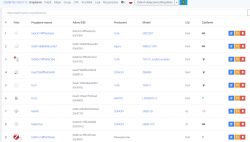 .
.
The sensor provides four entities - temperature, humidity, battery level (from 0 to 100) and connection quality:
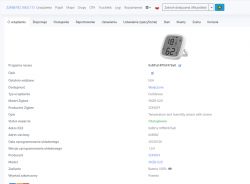
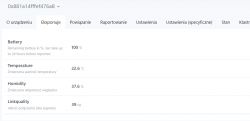
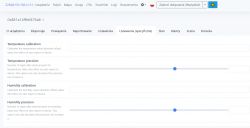
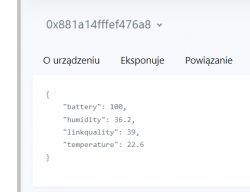 .
.
Based on these measurements, automation can be carried out in the Home Assistant and the history of measurements accumulates itself in clear graphs.
Interior of SNZB-02D .
Just out of curiosity - it's not a WiFi based sensor that you have to change the firmware.

BU9792FUV is an LCD controller.
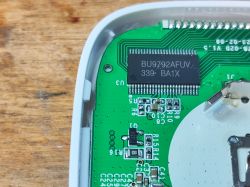
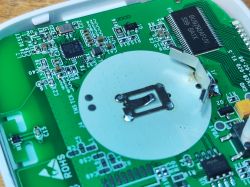 .
.
36 segments and 4 common signals. I2C interface.
 .
.
Puya P25Q80H is a Flash memory - I was a bit surprised what they keep in there, I thought there would be a Zigbee SOC inside with no external memory?
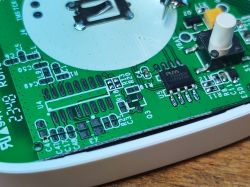 .
.
Well, and the heart of the chip - the C224HG (looks like it's the EFR32MG22) - but an SOC with up to 512KB of Flash on board. So basically, I don't know what the Flash bone is there for....
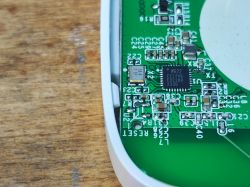 .
.
Well, and a humidity/temperature sensor - could it be something from the AHT/SHT30 series?

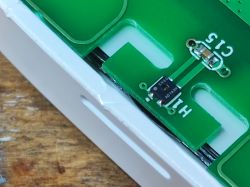 .
.
Summary .
Handy, small and hassle-free. Zigbee2MQTT works well. Definitely a better choice for local operation than the same type of display but WiFi based, no need to change the batch, no configuration problems.... The only thing to remember is that, as a battery-powered device, the SNZB-02D is not able to extend the range of our Zigbee network.
Other than that - highly recommended.
Do you use this type of product, or perhaps know of a better alternative to the SNZB-02D? .
Cool? Ranking DIY Helpful post? Buy me a coffee.



